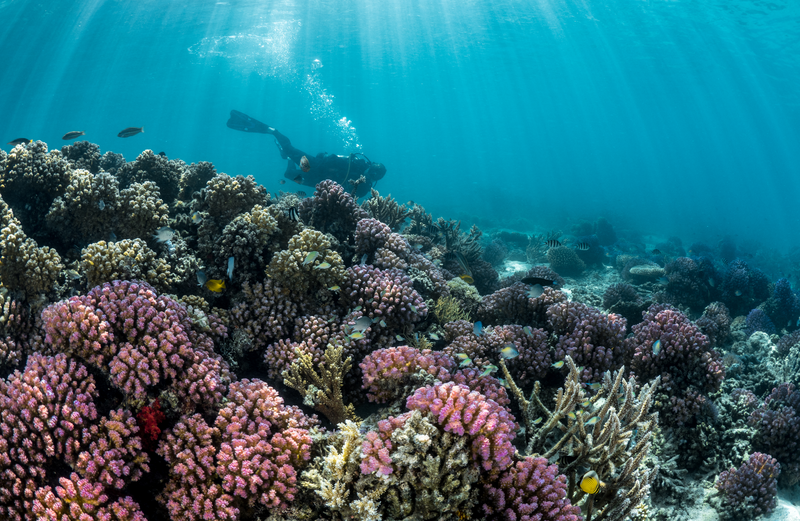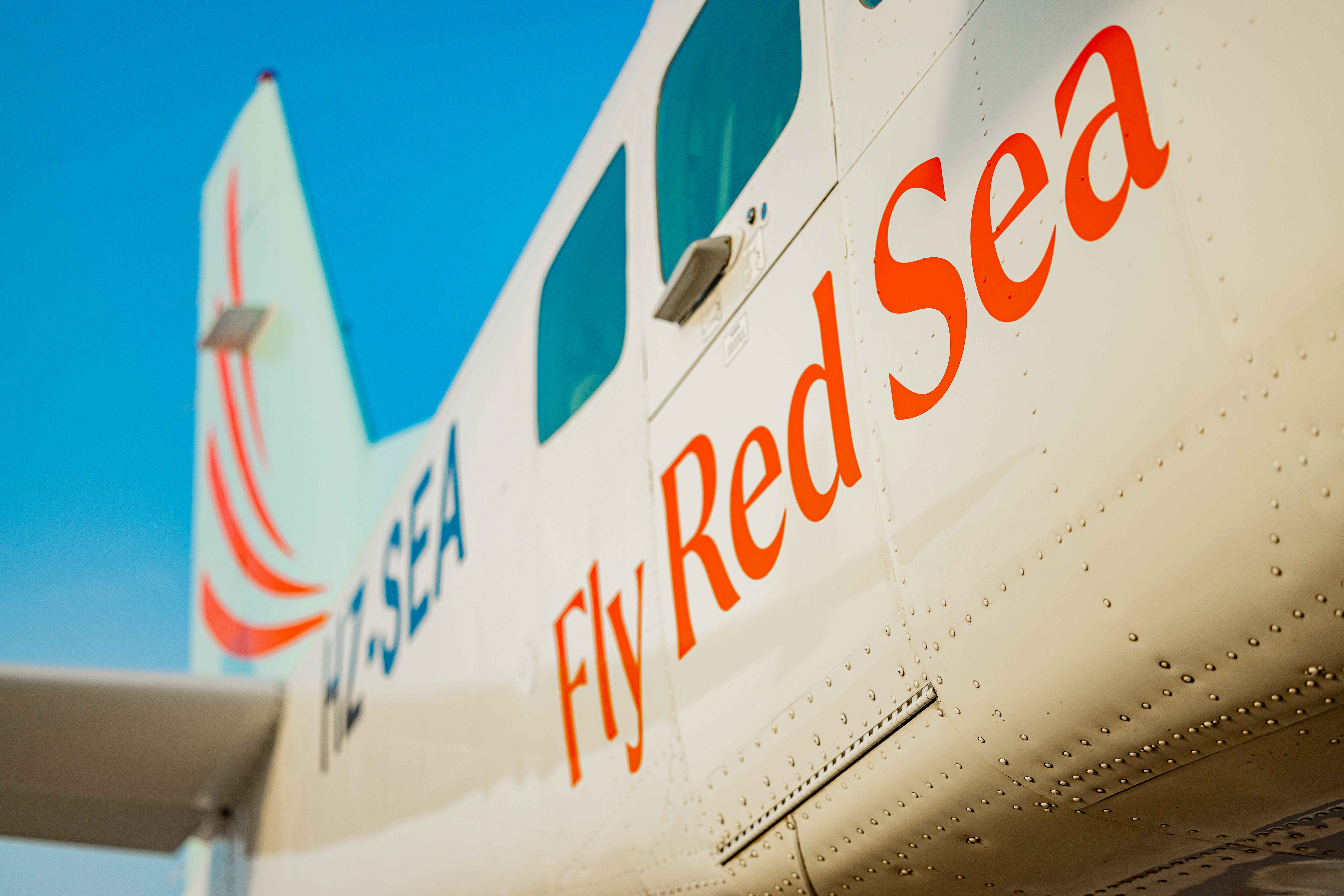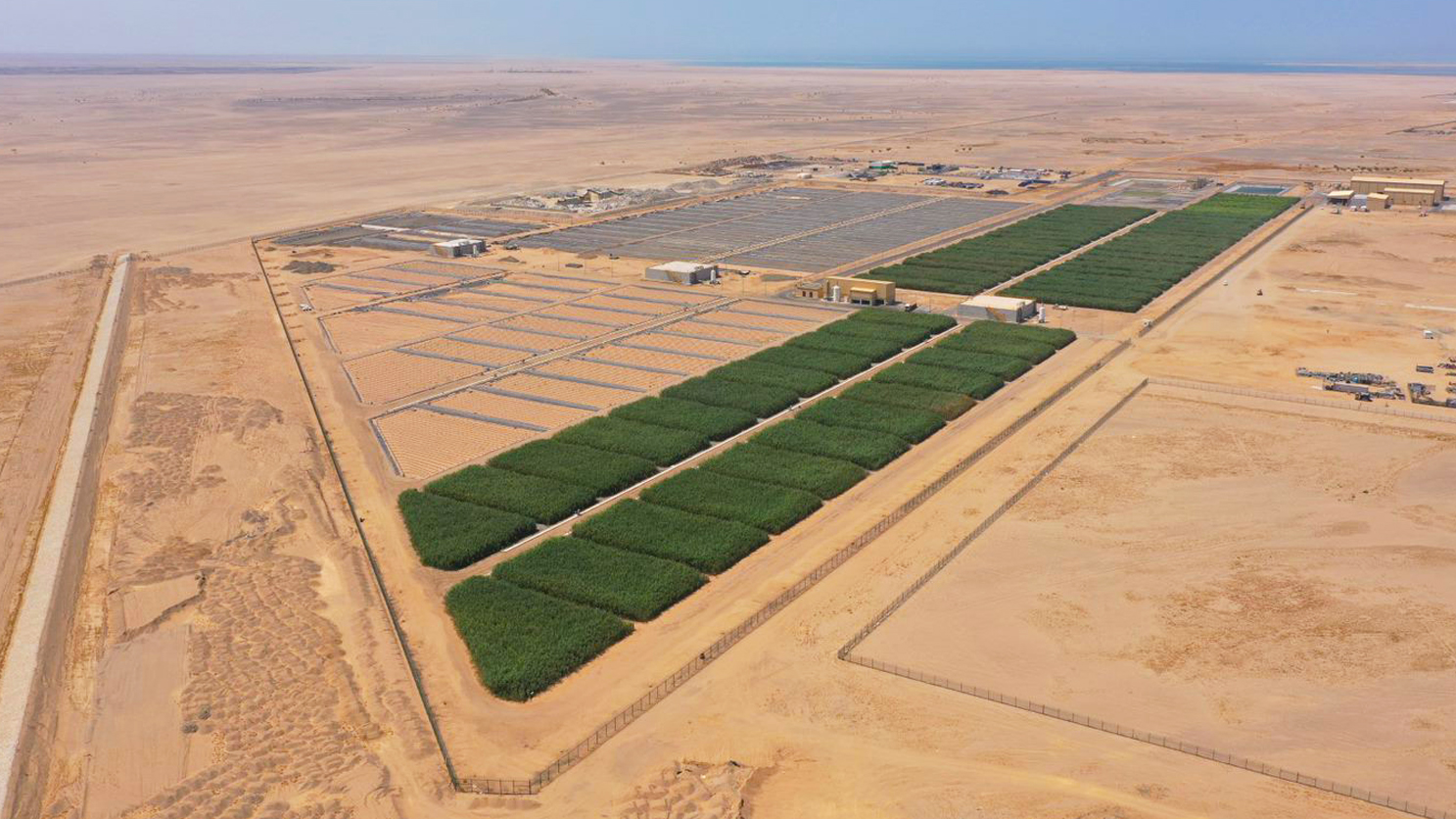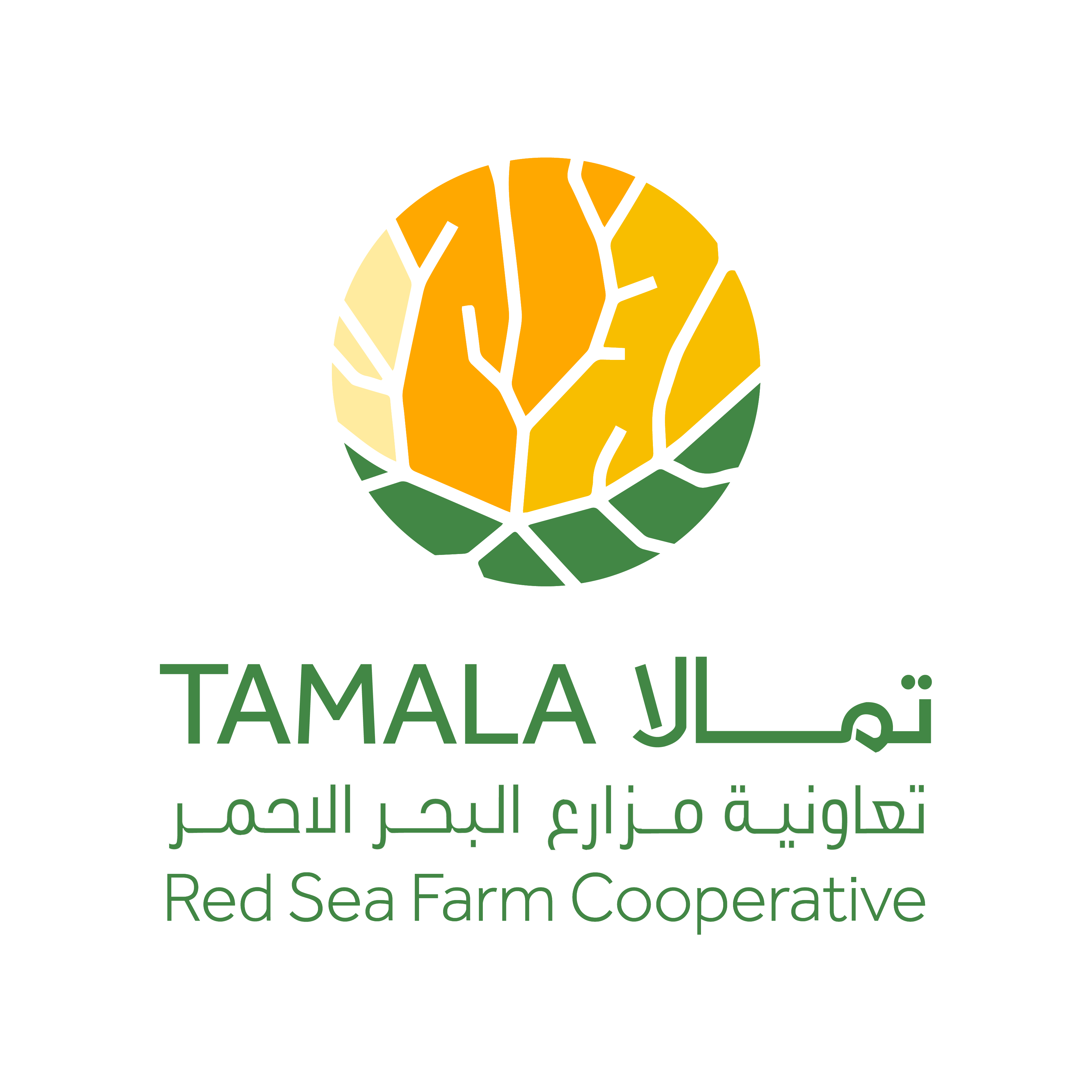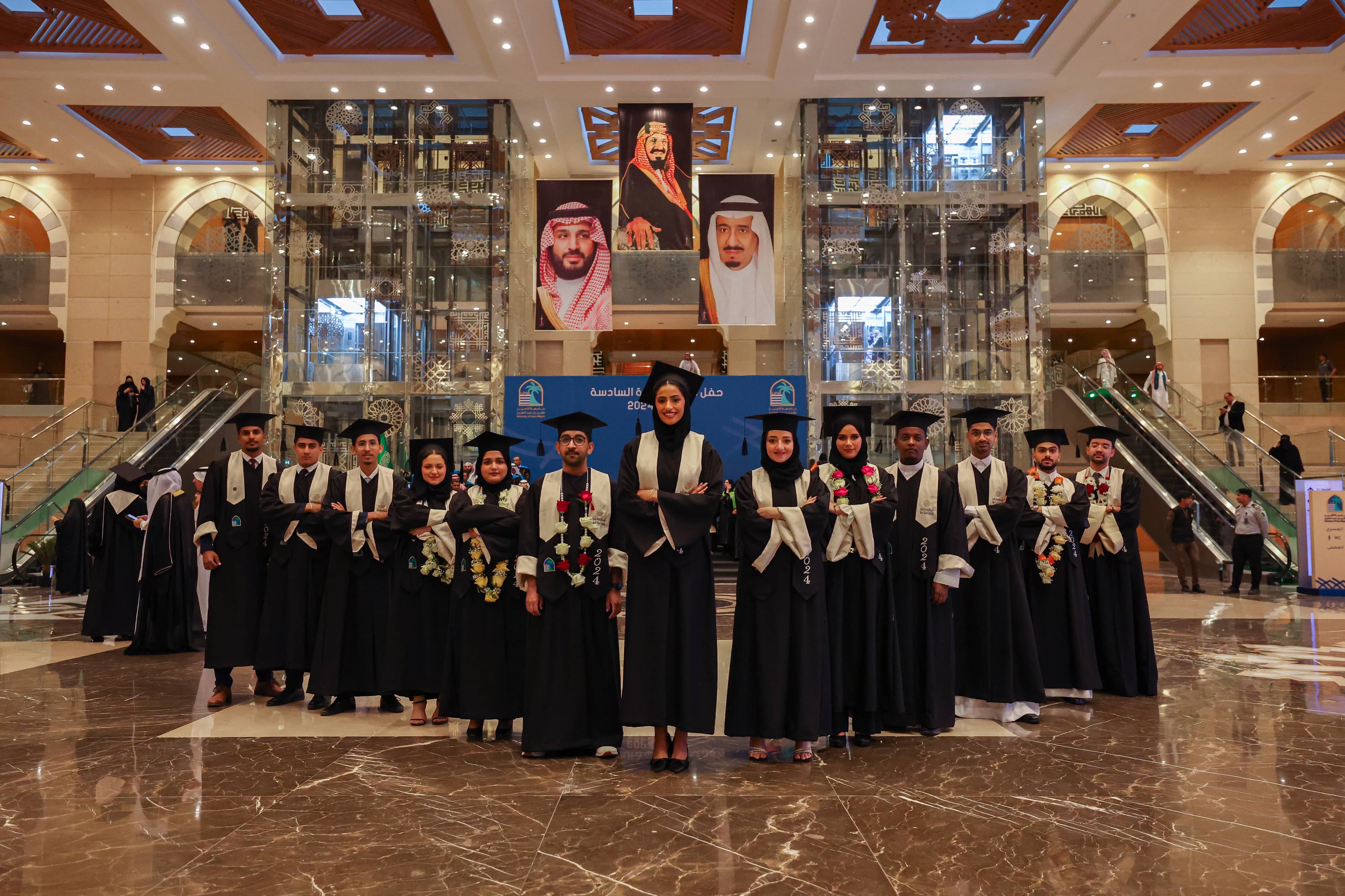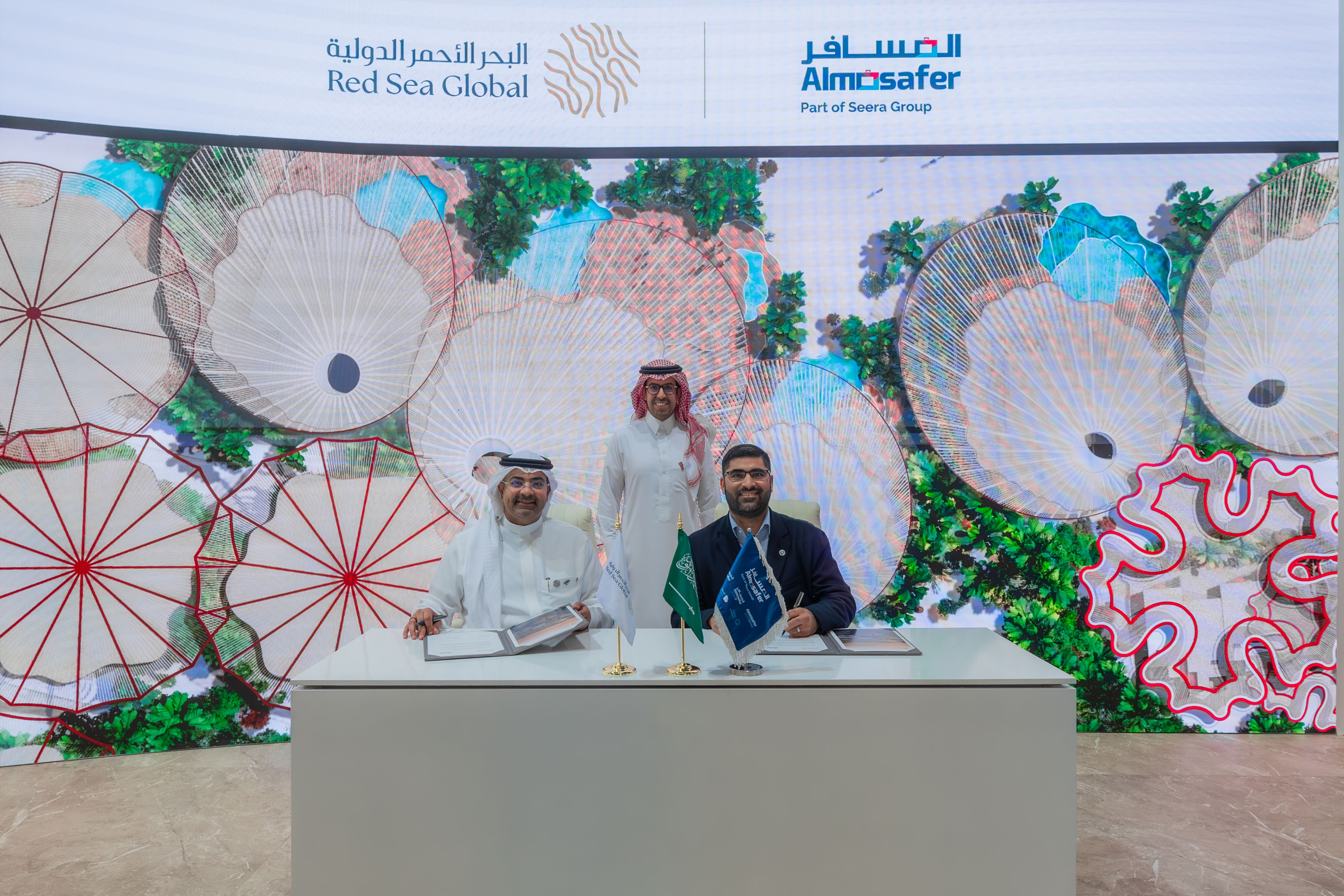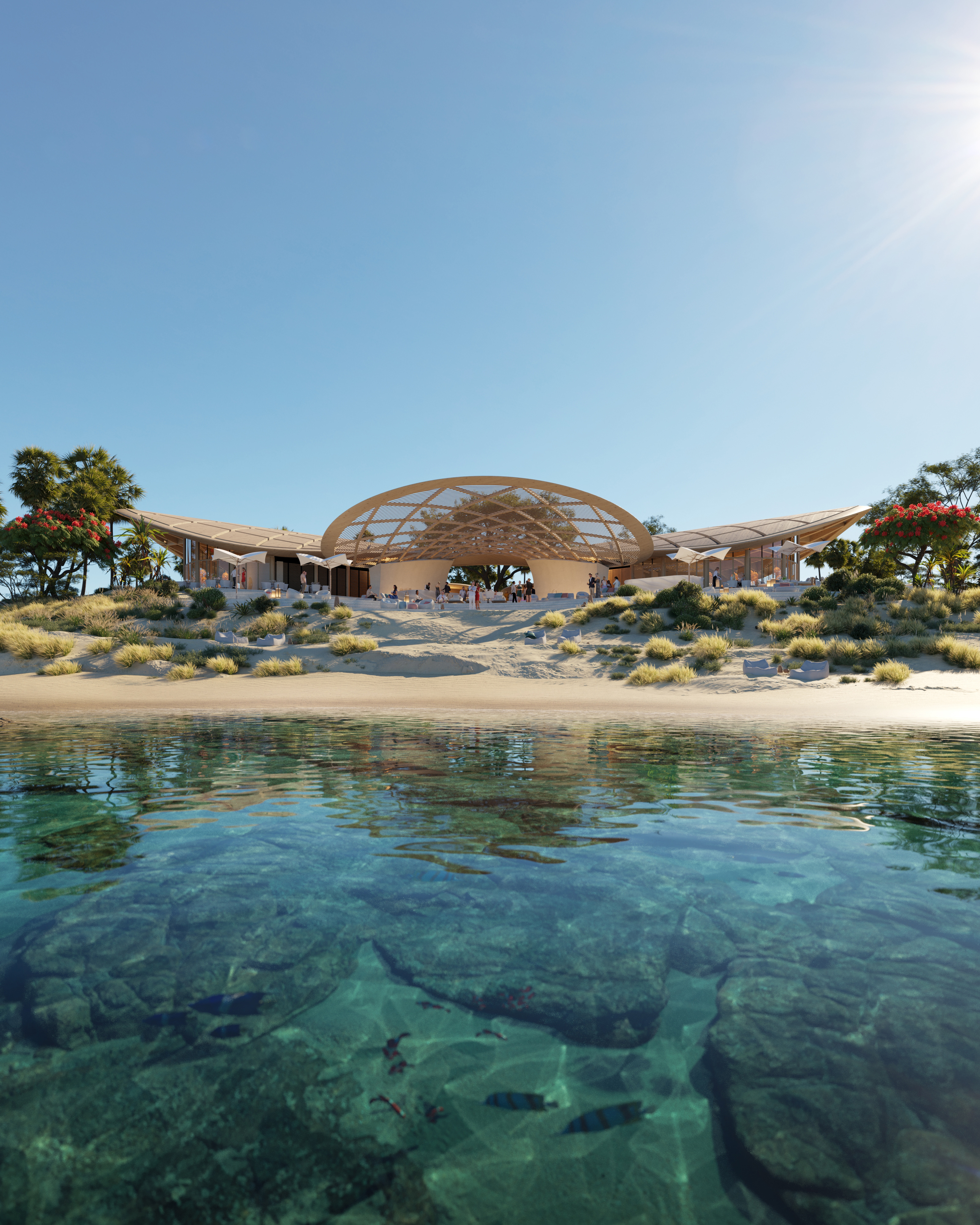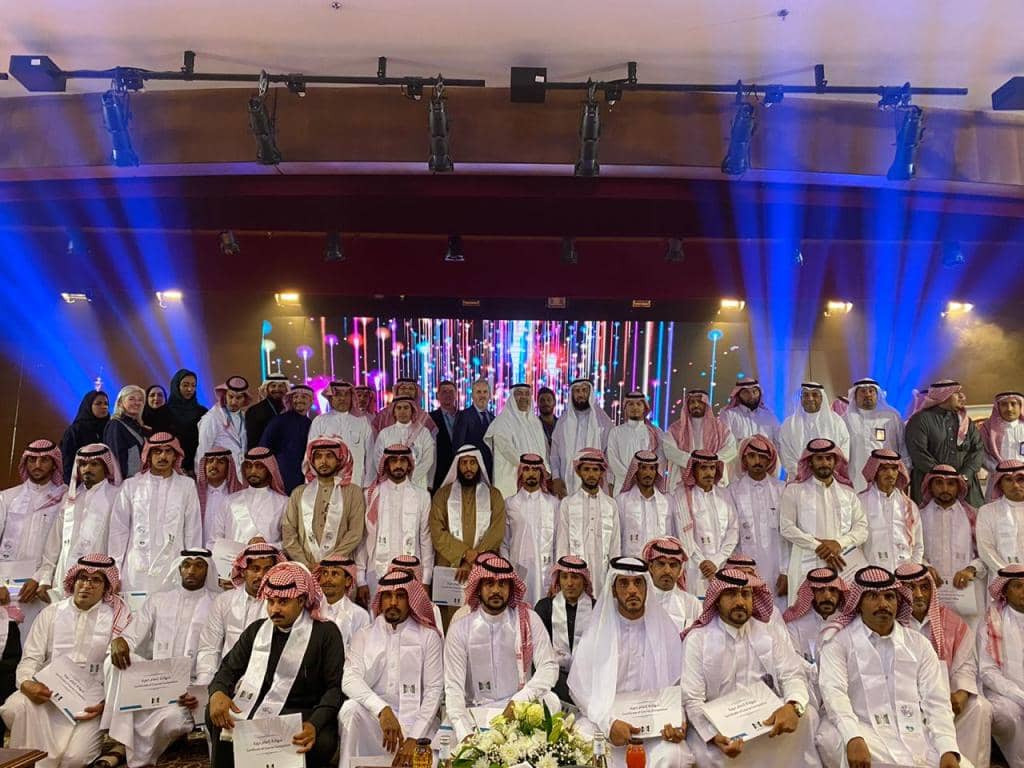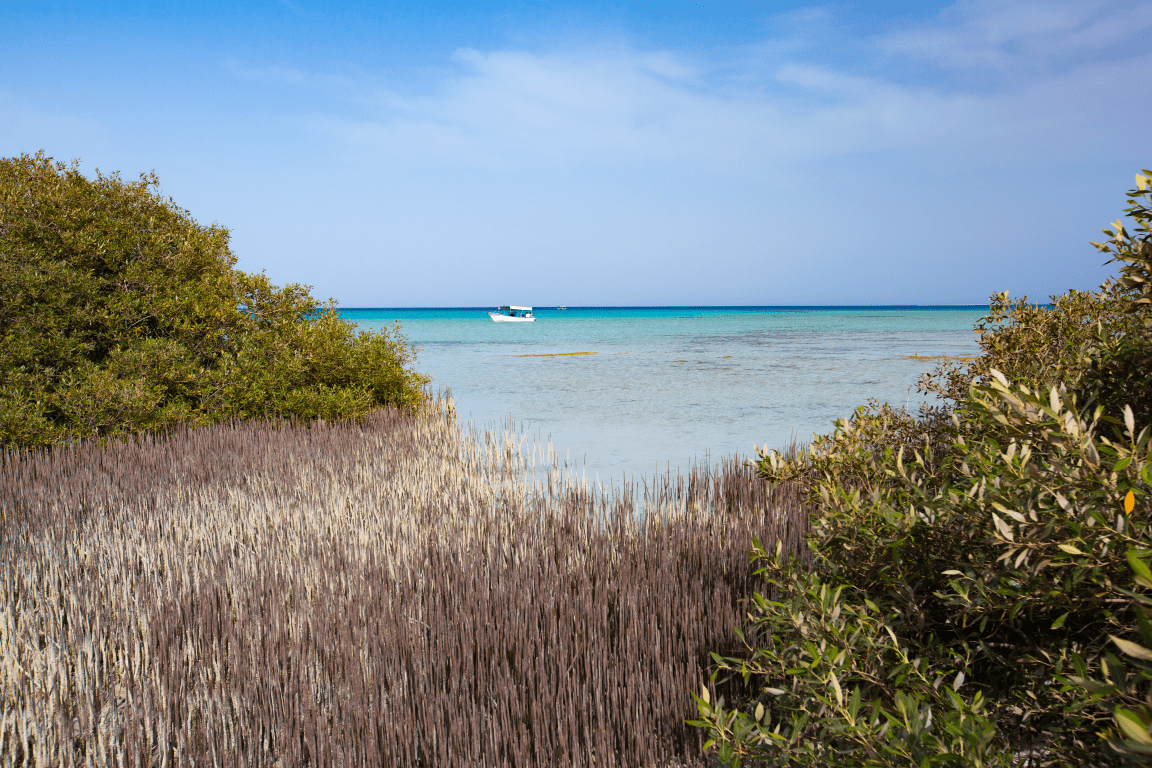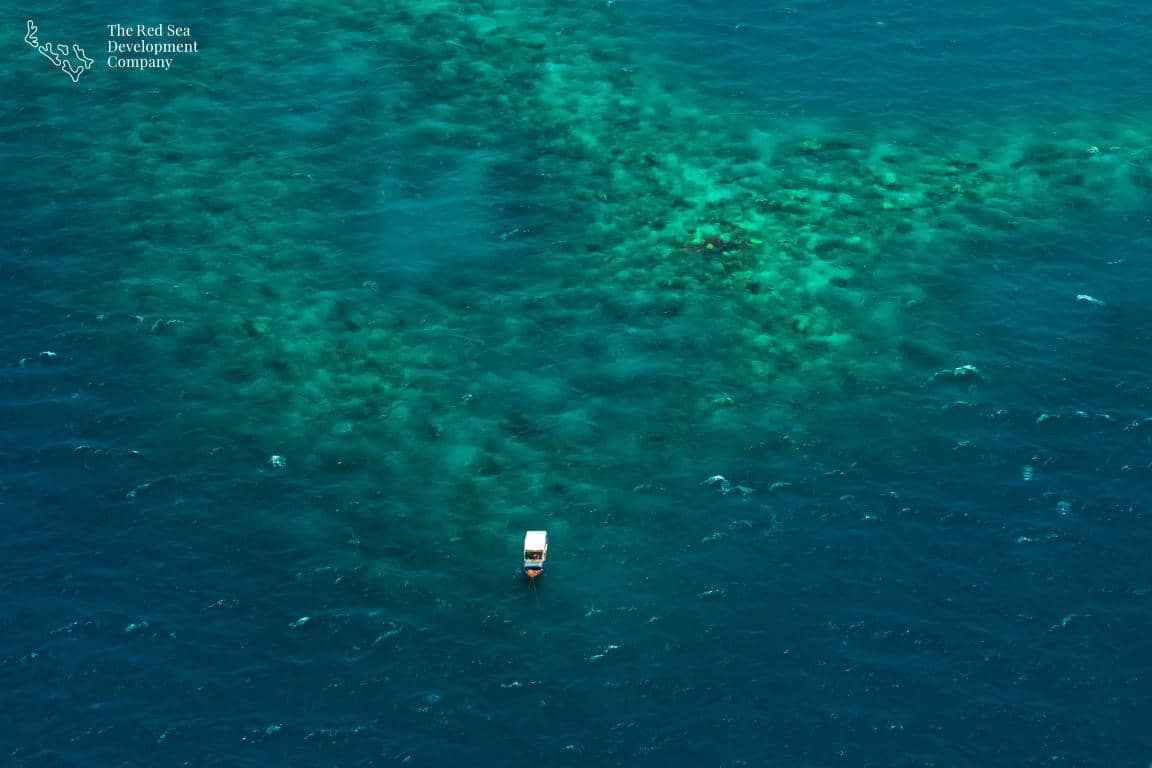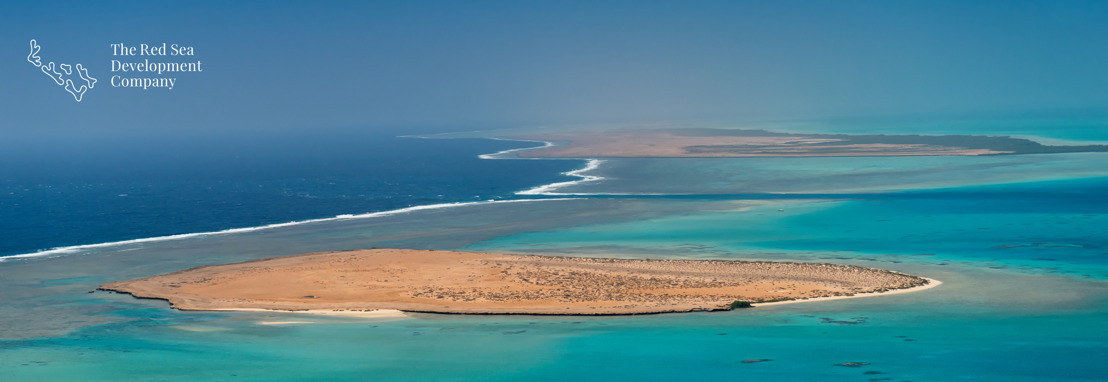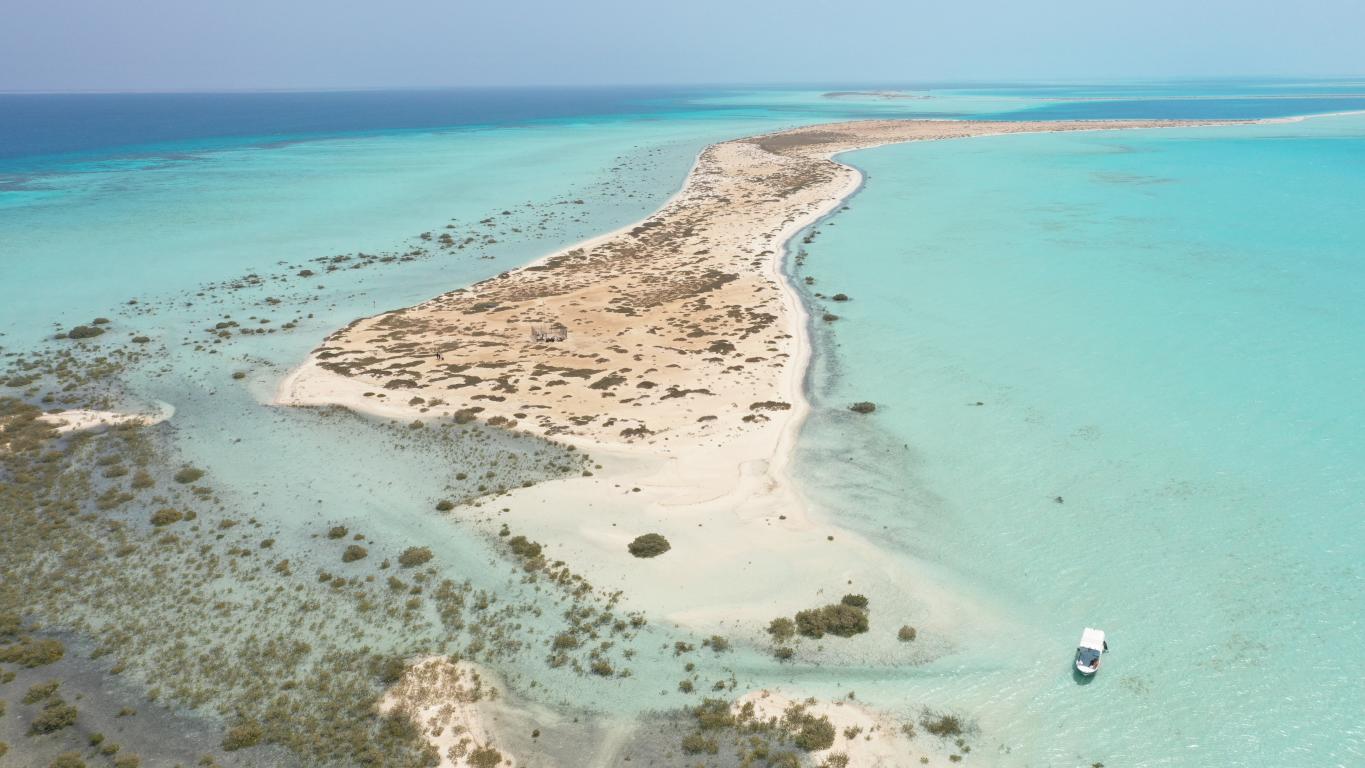Biodiversity of the Red Sea Coastline Explored in Comprehensive New Wildlife and Ecosystem Study
- Study from Red Sea Global builds on results of the largest ever environmental baseline survey completed by a developer released last year, covering 250 km of coastline across The Red Sea and Amaala destination areas
- Key findings include prominence of endangered and vulnerable species such as Hawksbill turtles and Sooty falcons, as well as thriving coral reef habitats and rare sighting of Orca group – never seen before in the area
- Study is the latest initiative from Red Sea Global as part of its commitment to regenerative and responsible development
(Riyadh, 10 May, 2023]): Red Sea Global, the developer behind the world’s most ambitious regenerative tourism projects, The Red Sea and Amaala, has released the findings of one of the world’s largest environmental surveys of wildlife ecosystems conducted by a developer, carried out along 250 kilometers of Red Sea coastline.
The comprehensive study covers natural ecosystems and species across the areas of Red Sea Global’s two flagship destinations – The Red Sea, centered around Al Wajh lagoon, and, slightly north of that area, Amaala. The study was conducted by a dedicated and expert scientific team at Red Sea Global, but has also been supported by partner groups from across the globe to ensure that cutting edge methods and technologies are deployed to monitor critical resources.
The survey along the Red Sea coast, conducted throughout 2022, revealed that many threatened and endangered species inhabit the area, and have established breeding grounds across it – highlighting the importance of environmental protection and regeneration efforts by Red Sea Global and others in the region.
Key findings of the study include:
1- Observations of endangered species indicate that the destination is a critically important location for conservation and breeding:
• 74 Hawksbill and 145 Green sea turtle nesting tracks were recorded at Amaala and 251 Hawksbill and 613 Green turtle nesting tracks at The Red Sea. From these numbers we estimate that at Amaala there were around 19 Hawksbill and 40 Green turtle females nesting at Amaala, and 69 Hawksbills and 173 Green turtle females nesting at The Red Sea this year. Given female turtles do not breed every year, the total population of the area would be considerably larger.
• 17 Sooty falcon breeding pairs were observed at Amaala and 48 breeding pairs in The Red Sea.
• There were multiple sightings of critically endangered Halavi guitarfish juveniles at a number of locations in our area, and clear evidence that our area includes important nursery habitats for the species.
• Sighting in the Amaala area of a pair of Orca (killer whales). This species is a rare visitor to the Red Sea, with fewer than 10 previous reports within the area. The observation at Amaala is by some distance the most northerly sighting we are aware of for this species in the region.
2- Analysis of the nesting grounds and breeding success of bird species on our islands yield positive results:
• In Amaala, a total of 2,129 nests were counted of seven species, while at The Red Sea (a much larger area), the second year of island bird populations monitoring revealed more than 25,000 nests of the 11 species we survey.
• Two Osprey nests occupied by breeding pairs were found on An Numan, with both pairs having successfully fledged all seven of their chicks by the second visit. Two further nests occupied by breeding pairs were found on Nabgiyah and Awandia.
• In addition to Osprey, breeding pairs or colonies of six species of birds were discovered on Amaala islands - the most abundant species were Lesser-crested terns and Bridled terns. Though breeding success was variable across The Red Sea, success was estimated for seven species including the Great and Lesser crested tern, Sooty falcon, and the Red-billed tropicbird.
3- The population status of reef fishes shows an abundance of marine life across Amaala and The Red Sea areas, with some notable endangered species sighted:
• Although smaller in area than The Red Sea, Amaala marine habitats still contain many impressive reefs, with coral cover averaging 21.5% and highest cover at any site being 57.2%.
• 193 fish species were recorded during the 69 Amaala surveys, with the most diverse families being Wrasse (36 species) and Damselfishes (24 species).
• Two endangered reef fish species including the Sky emperor and Humphead wrasse were identified by the Amaala survey team, while four vulnerable species were also spotted: Bumphead parrotfish; Harlequin filefish and two species of coral grouper (Plectropomus areolatus and P. marisrubri).
• Reef sharks were more frequently seen at Amaala (12 of 69 sites) than at The Red Sea (six of 82 sites) this year. All the sharks seen during in-water surveys by the coral reef team this year were white tip reef sharks (Trianodon obesus).
• The resurveys of core monitoring sites at The Red Sea (at 82 of the 280 surveyed for 2021 baseline) showed only small changes in coral cover or fish biomass between years.
4- Rapid assessment surveys achieved improved understanding of the carbon sequestering potential of seagrasses:
• The surveys team conducted seagrass rapid assessment surveys at 250 locations across The Red Sea and Amaala.
• Overall, 10 of the 12 seagrass species found in the Red Sea basin have been encountered in The Red Sea area and seven in Amaala.
• Larger species such as Enhalus acoroides, Thalassia hemprichii and, especially, Thalassodendron ciliatum, contribute to substrate stabilization and sediment accumulation, and hence to enhanced carbon sequestration. Those species have extended root systems that trap sediment and allow them to withstand wave action in mud substrate.
Moving Forwards:
To build a more detailed picture of the trends identified in the study, the research team has deployed best-in-class technology to continue capturing crucial data on an ongoing basis such as by recording multiple physical, chemical, and biotic variables across the region, alongside remotely-sensed (satellite) data for larger areas.
As part of this study, ongoing monitoring has also been established and put in place. This includes the GPS and satellite tagging of 30+ Sooty falcons, to better understand their breeding and hunting patterns, as well as the satellite tagging of several recently rehabilitated Hawksbill sea turtles – furthering our understanding of foraging patterns.
This study not only informs development decisions at Red Sea Global, in order to minimize potential negative impact on the natural ecosystems of the region, but also showcases the latest initiative from the organization in its commitment to prioritizing planet and people.
These studies form the initial benchmark for Red Sea Global to measure itself against its stringent commitment to leaving the environment across its destinations a more thriving and naturally healthier place than it was before.
Alongside the benefits to Red Sea Global’s sustainable tourism practices, these findings also contribute important insights and data on endangered wildlife species to the global scientific community, aiding worldwide conservation efforts.
To discover more about the survey, key findings and scientific methods.
You Can Download The Full Report Here
About Red Sea Global
Red Sea Global (RSG - www.redseaglobal.com) is a closed joint-stock company wholly owned by the Public Investment Fund (PIF) of Saudi Arabia. It is a vertically integrated real estate developer with a diverse portfolio across tourism, residential, experiences, infrastructure, transport, healthcare, and services. This includes the luxury regenerative tourism destinations The Red Sea, which began welcoming guests in 2023, and AMAALA, which remains on track to welcome first guests in 2025. A third destination, Thuwal Private Retreat, will open this year, and RSG has also been entrusted with refurbishment works at Al Wajh Airport, focused on upgrading the existing terminal and infrastructure, and building a new international terminal. RSG is a cornerstone of Saudi Arabia’s ambition to diversify its economy. Across its growing portfolio of destinations, subsidiaries, and businesses, RSG seeks to lead the world towards a more sustainable future, showing how responsible development can uplift communities, drive economies, and enhance the environment.
RSG is the visionary company behind some of the world’s most ambitious
development ventures, including luxury regenerative tourism destinations
such as The Red Sea and AMAALA.
Across its portfolio, RSG leverages the most innovative concepts,
strategies, and technologies to deliver projects that actively enhance
the wellbeing of customers, communities, and environments.



